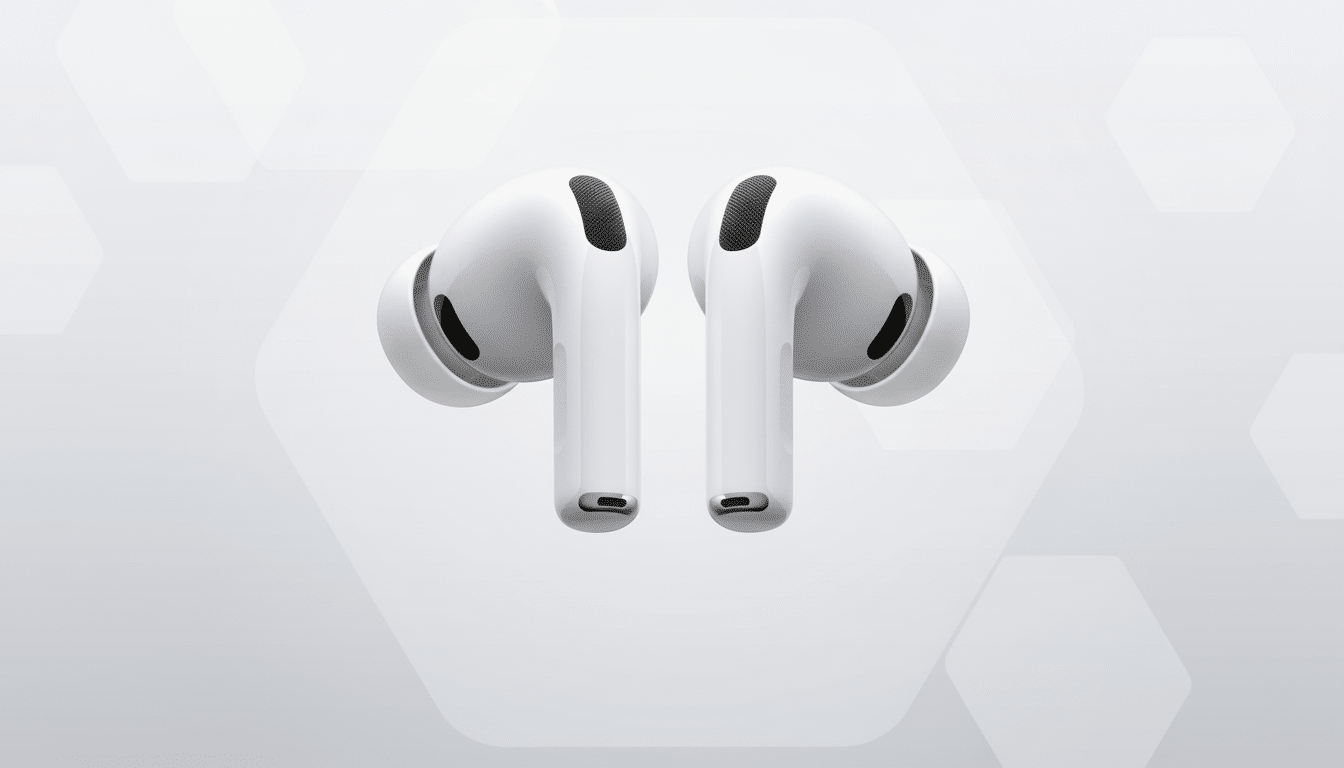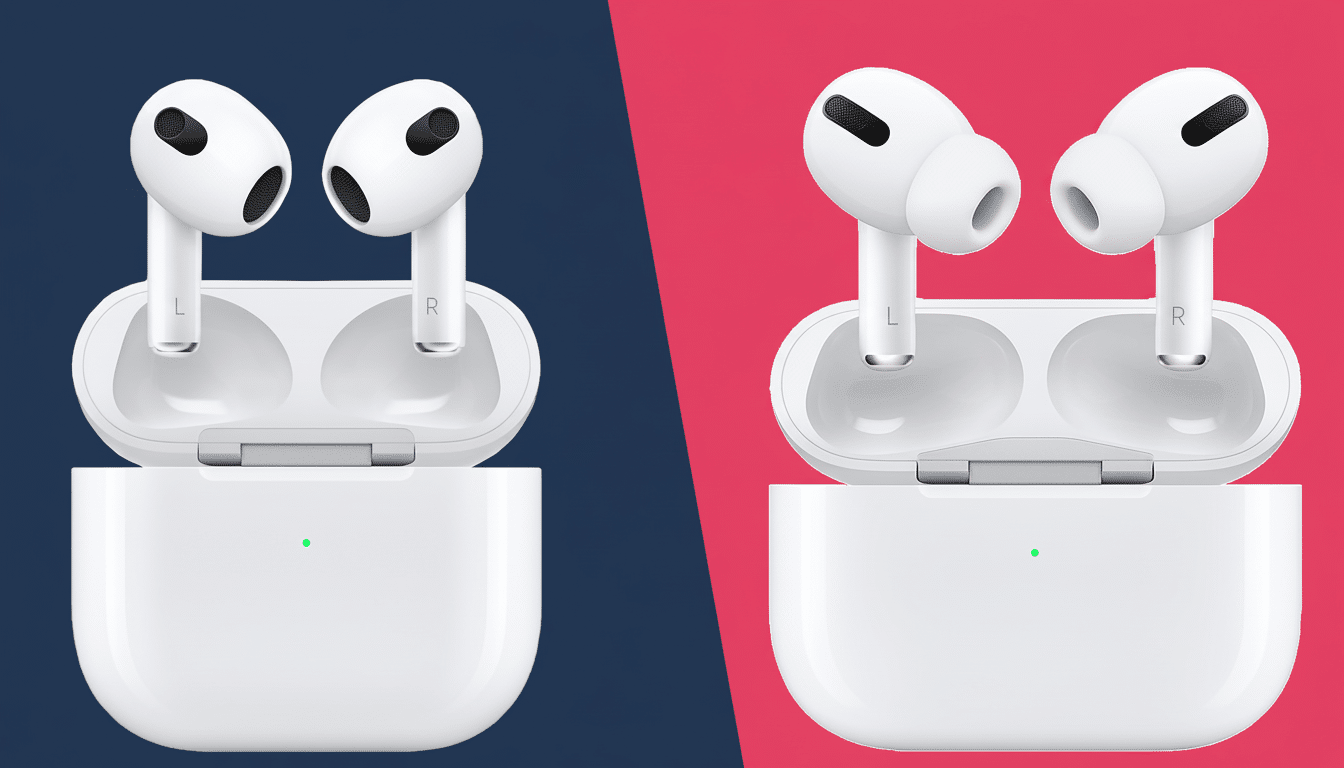Apple’s headline-grabbing live translation feature for AirPods won’t be available in the European Union at launch. The company’s own feature list says the feature is limited to customers whose Apple ID is associated with the EU, suggesting a regional holdback and not a hardware limitation.
Why Europe is going to be left out at first
Apple has linked the initial launch to regulatory preparedness. It’s a feature based on the most recent version of Apple’s AI stack and set to land in AirPods Pro 3 first (though it could come to AirPods 4 and AirPods Pro 2), and it all comes down to the processing, storage and perhaps even transmission of voice data. “The two areas of privacy and competition in the EU are sufficiently interlinked that a conversational feature driven by AI can give rise to a host of legal checks before it is even launched,” he said.

The immediate result is clear: Users in the European Union (EU) will not see live translation show up when the new hardware releases. Apple has done this before — holding back some AI and ecosystem features in the bloc and introducing them months later after negotiations with regulators and tweaks to product behavior. Significantly, some late AI teaser features would not arrive in EU devices until March 2025 — two postponements down the line.
What the feature does — and why it’s complicated
Live translation on AirPods is meant to automatically transcribe words as they are spoken, and play another language back to the listener with little to no lag time. Think on-the-fly assistance on a museum tour, across a sales table or while chatting in a taxi when you don’t speak a common language. Apple is selling the experience as a light-touch, ambient one — you don’t have to juggle a phone screen back and forth mid-conversation.
The short version: Technically, it mixes on-device speech recognition with translation models, and when workload spikes it offloads to Apple’s privacy-preserving cloud infrastructure. It’s this hybrid design that makes the feature feel fast and conversational. It’s also where European rules begin demanding difficult answers: to what do you process where, for how long and under what rule?
The regulatory puzzle: GDPR, DMA and the AI Act
Under the GDPR, voice data may qualify as personal data — and in some cases, even biometric data — particularly when able to be associated with any identifiable individual. Real-time translation raises the issue of handling the voices of those who may not have consented to be recorded, such as a shopkeeper or conference speaker. That raises familiar questions about the legality of processing, transparency, data minimization and retention. That is precisely what European Union data protection regulators have been questioning voice assistants on for years.
There is yet another layer with the Digital Markets Act. Apple is under obligations as a designated gatekeeper to interface, default meaning, and how data moves through its ecosystem. If live translation also involves hitting services across devices or going through proprietary pathways, then it may need more protections in place or disclosures to the European Commission’s competition team — even if the feature is consumer-facing.

And then there’s the AI Act, now on to the enforcement stage. While a translation tool itself may not be “high risk” on its face, the use of general-purpose AI models, combined with potential for cloud inference, raises transparency and safety requirements. It is the responsibility of providers to document their abilities, assure proper evaluations, and describe how copyrighted or sensitive information is addressed. That paperwork — and the engineering to support it — takes time.
What this means for users — and what the competition is doing
For EU consumers, that delay means no native, earbud-level translation at launch—even though travelers, students, or cross-border commuters might arguably stand to gain the most from it in a 27-country market operating in 24 official languages. The workarounds (such as using translation apps that reside on phones) remain, but they do not compare with the hands-free convenience that Apple is promising.
Competitors are moving. Google has had Interpreter Mode available on its devices and services for years, and Samsung brought live translation functionality to Galaxy Buds by way of its mobile AI suite in Europe. Those approaches would seem to prove that offering translation in the EU is workable — but Apple’s architecture and privacy stance may make for a different compliance calculation, especially if cloud offload or ecosystem penetrations are key to the experience.
When might the E.U. receive it?
Apple isn’t offering a date — it’s just saying that live translation will arrive in Europe after it has come to terms with regulators. The company has shown a willingness to retool features — perhaps by changing how default settings work, tightening logging or adding clearer user prompts — to bring them in line with European norms. I’m sure it’s a staggered EU release rather than taking missing parts of the bloc.
The stakes are meaningful. The EU’s single market consists of about 450 million people, and Apple’s wearables are still a big part of its services story. Apple will likely pursue the same promise it has made for other AI features: As much on-device processing as it can manage, a tightly scoped use of cloud inference with strict technical and legal safeguards, and exhaustive documentation to satisfy both the European Commission and national data protection authorities.
Until then, the message is coming through loud and clear: live translation is a signature AirPods feature, though Europe will have to wait for the go-ahead.

